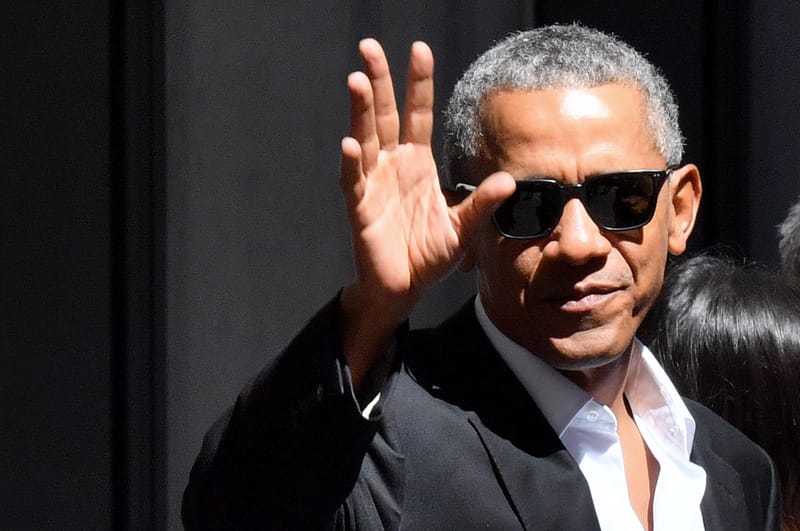The Quest for Non-LED Lighting: Navigating the Market and Addressing Privacy Concerns
In recent years, the shift towards energy-efficient lighting solutions has seen LED lights become a ubiquitous presence in homes and businesses worldwide. However, amidst growing concerns over privacy and health, many consumers are now seeking alternatives to LED lighting, sparking a renewed interest in incandescent and halogen bulbs, despite their

In recent years, the shift towards energy-efficient lighting solutions has seen LED lights become a ubiquitous presence in homes and businesses worldwide. However, amidst growing concerns over privacy and health, many consumers are now seeking alternatives to LED lighting, sparking a renewed interest in incandescent and halogen bulbs, despite their diminishing availability.
As of August 2023, the United States implemented a ban affecting the manufacture and sale of commonly used incandescent light bulbs, pushing consumers towards more energy-efficient options like LED and CFL bulbs (Reviewed.usatoday.com). However, this transition has not been without its controversies, particularly regarding the potential for LED lights to be utilized in surveillance and data collection, as well as debates over health impacts compared to traditional lighting solutions.
Where to Find Non-LED Bulbs
For those adamant about sticking with non-LED lighting, options remain, albeit increasingly limited. Pet stores have emerged as unlikely havens for incandescent bulbs, given their continued use in heating and lighting for reptile enclosures (Reddit.com/r/lightingdesign). Additionally, certain specialty online retailers and platforms like Amazon still offer a range of non-LED lighting solutions, including halogen bulbs, which fall under specific exemptions to the federal ban (Amazon.com).
The Privacy Debate: Can LED Lights Spy on You?
A growing body of research and investigative reporting has raised alarm bells over the potential for LED lights to be repurposed into covert surveillance tools. Through a technique known as Li-Fi (Light Fidelity), it's theoretically possible for LED lights to transmit data by modulating light at speeds imperceptible to the human eye. While the technology primarily aims to provide high-speed internet connectivity, its potential misuse for eavesdropping or data collection has sparked privacy concerns among consumers and privacy advocates alike.
Health Considerations: LED vs. Traditional Lighting
Beyond privacy, health impacts are a significant factor in the debate over lighting choices. Critics of LED lights point to the blue light emitted by these bulbs, which has been linked to disrupted sleep patterns and eye strain (The Verge). In contrast, proponents of incandescent and halogen bulbs argue that the warmer, fuller spectrum of light they produce is closer to natural sunlight and less disruptive to human circadian rhythms.
Navigating the Future of Home Lighting
As consumers navigate the evolving landscape of home lighting, the quest for alternatives to LED bulbs underscores a broader debate over technology, privacy, and health in the modern world. While energy efficiency remains a laudable goal, the concerns raised by consumers call for a balanced approach that considers the full spectrum of impacts associated with different lighting technologies.
With the phase-out of incandescent bulbs, finding replacements that do not compromise on privacy or health is becoming an increasingly challenging task. However, as awareness grows and consumer demand shifts, there may yet be innovations and policy adjustments that address these concerns while continuing to promote energy efficiency and environmental sustainability.
For now, consumers seeking non-LED lighting solutions must navigate a shrinking market, relying on specialty stores, online retailers, and existing stockpiles of incandescent and halogen bulbs. As the debate over lighting technologies continues, it will be essential to monitor developments in legislation, market offerings, and technological advancements that may provide new solutions to these complex issues.



